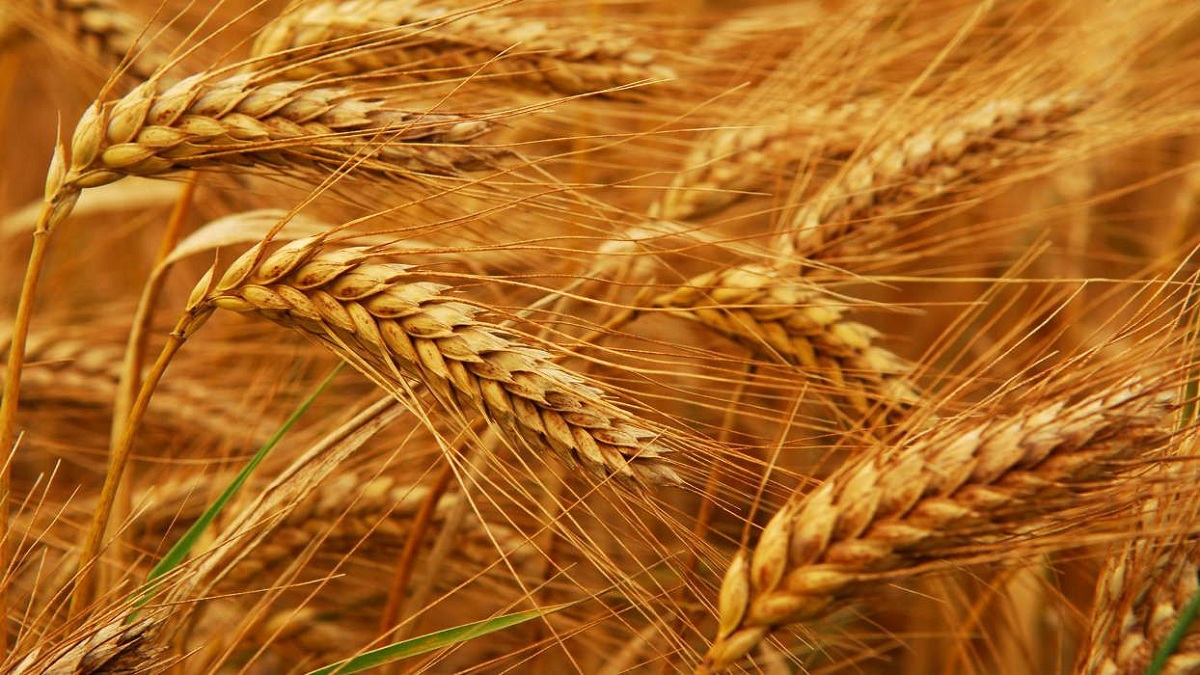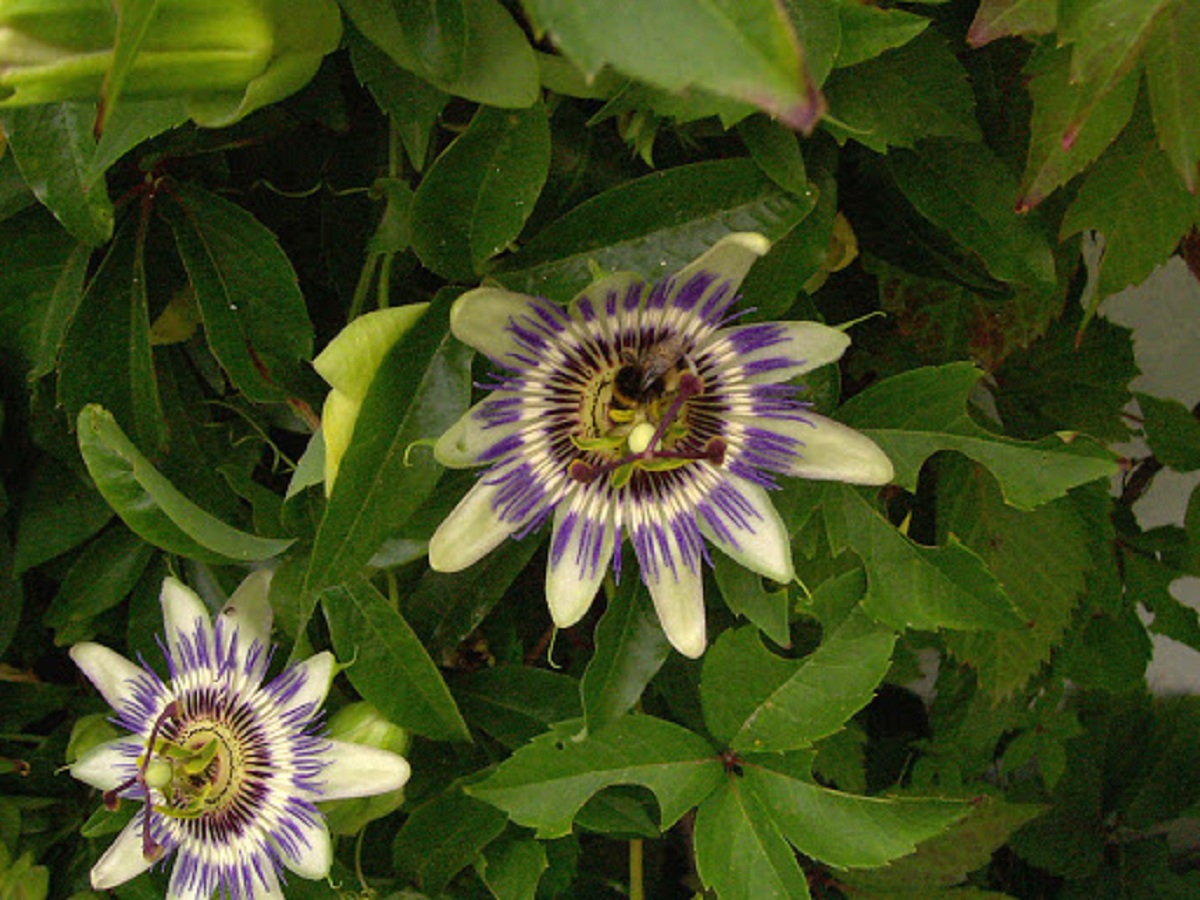
In another article we were analyzing the gymnosperm plants and their characteristics. Today we go on to describe and classify the angiosperm plants. These are better known since we can find it in the parks and gardens of our cities or are part of our diet. Many of them are present in exotic and distant places and are, without a doubt, a beauty and one to know. All these plants belong to the group of angiosperms.
Therefore, we are going to dedicate this article to tell you all the characteristics, classification and functions of angiosperm plants.
Key features

Knowing about the flora and vegetation of our planet is interesting from the evolutionary point of view and to know the importance of all the species that surround us. The first thing that is studied when you want to know about the flora of a place is the area of distribution and the distinction between flowering plants and non-flowering plants. The first plants are those that belong to the angiosperms and the second gymnosperms wings. When we refer to gymnosperms we are talking about the plant reproductive organs being completely naked and without protection. Here the seeds do not have floral envelopes that protect it in nor does it give rise to fruits.
On the other hand, those plants that belong to the group of angiosperms have stamens, pistils and some plant reproductive structures that not only serve to protect the plants, but are also part of wonderful flowers. To this group of plants they are known as flowering plants and are those vascular plants with seeds that belong to the group of spermatophytes. It is a fairly diverse group of plants full of surprising characteristics. What attracts the most in terms of visual appearance is the beauty of its flowers. And it is that they are capable of combining different colors that makes them unique in each species.
The fact that it has striking plants is not so that people do not have the view, but it is part of its evolutionary process. In order for a species to be able to perpetuate itself in time, it needs to be able to reproduce. In the case of angiosperms, they need to get the attention of pollinators. Pollinators can be insects, small mammals there were some natural phenomena such as wind and water. In order to increase their area of distribution, angiosperms have developed a series of adaptations based on strategies that serve to attract the attention of pollinators without making the most of their extension. In this way, they can reproduce and increase not only the number of individuals, but also the area where they spread.
Description of angiosperms

Pollinators, whatever they are, are attracted to your flowers and try to get to the pollen. These pollinators must transport the pollen to the reproductive organs found in other flowers of the same plant species. In this way, the plant reproduction process is carried out in this type of plants.
Angiosperms have evolved throughout history and have diversified in an amazing way. The appearance of angiosperms occurred during the Cretaceous period, approximately 130 million years ago. Let's see what are some of the main characteristics that angiosperms have:
- We can find angiosperm plants in almost all regions of the world. They are less present in the polar regions due to extreme temperatures. They are able to survive both in terrestrial and aquatic environments.
- We can find this variety of plants from different sizes, structures and places. An example of this are bushy plants and herbaceous plants.
- All of them are made up of vegetative organs that are well differentiated. These vegetative organs are root, stem and leaves.
- The flowers are very showy to attract the attention of pollinators. They present some structures that are the following: sepals, petals, hornbeam and female reproductive organs such as the ovary, which has its own internal structure made up of style and stigma.
Examples of angiosperm plants

We are going to see some of the examples of the angiosperm plants that we know best and that are part, most of them, of our diet. They are a source of food for the human being globally and here some cereals and fruit trees stand out. Some of the best known examples are the following: wheat, rice, corn, sugar, coffee, apple trees, bananas, orange trees and avocados, among others. All these foods belong to the group of angiosperms and is nothing more than the fruit of plants. The fruit is what we take advantage of to feed ourselves.
Before creating these fruits, the plants generate their own flowers to attract the attention of pollinators. In this way they manage to expand and generate the fruits. Inside the fruits there are seeds to continue expanding.
Differential with gymnosperm plants.
Both groups have large numbers of species and great biodiversity on a global level. They are the two groups of plants whose evolution has been most successful in nature. Let's see what are some of the differences:
- The group angiosperms outnumber gymnosperms both in number of species and diversity. This occurs since it is considered the type of plant whose evolution is greater.
- The formation of flowers and fruits that bite the seeds of angiosperms are absent in gymnosperms.
- Gymnosperms have cones and plans with limited growth. These bonds can be considered as flowers but they are not the same. Flowers are the most showy and humans also use them for decoration.
- In gymnosperm plants the gametes involved in the reproduction process are separated into different cones, being male and female cones. On the other hand, in angiosperms we find flowers that have ovules in the pistil and pollen in the stamens in the same flower. We can also find those that have explosively male and / or female flowers on the same plant.
- Almost all gymnosperms They have needle-like, needle-shaped leaves. On the other hand, the other group of plants we find leaves of many types.
I hope that with this information you can learn more about angiosperm plants and their characteristics.